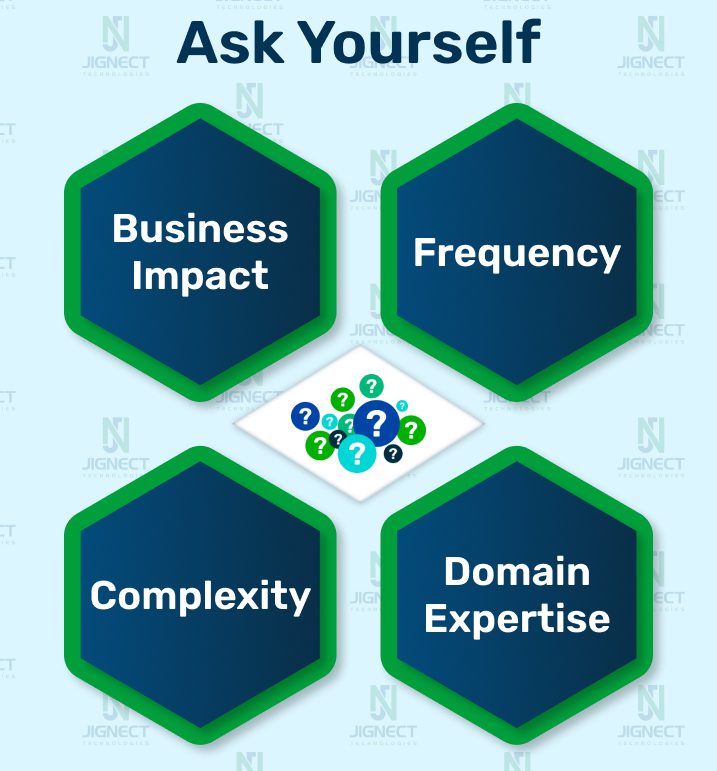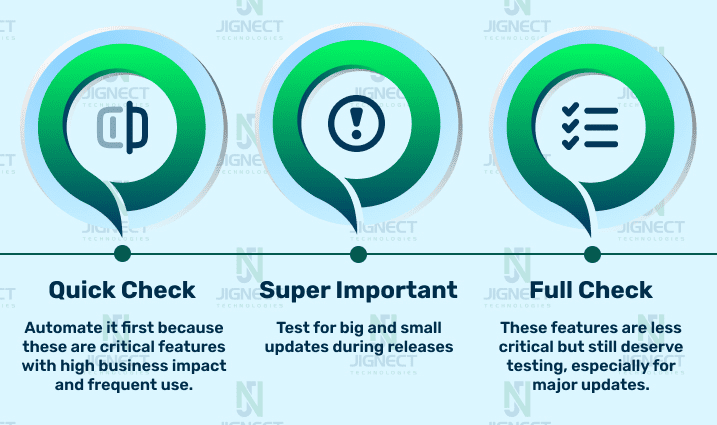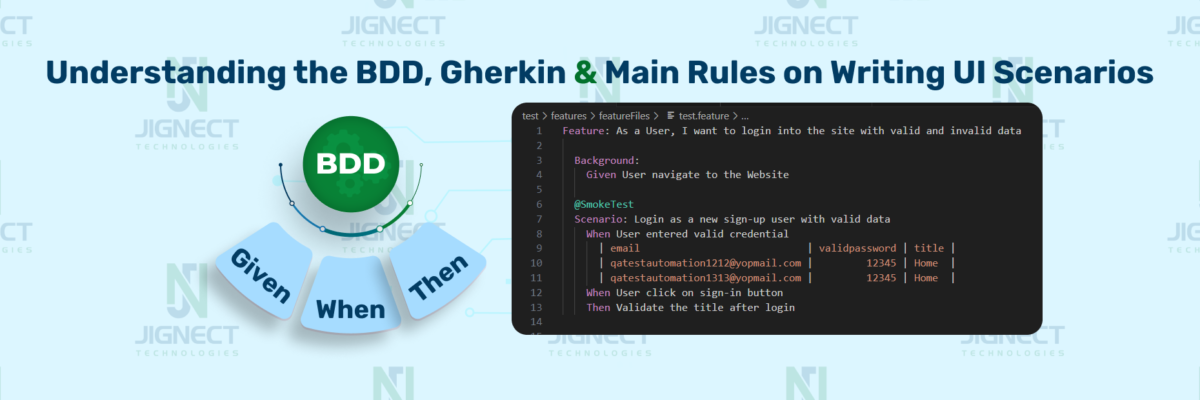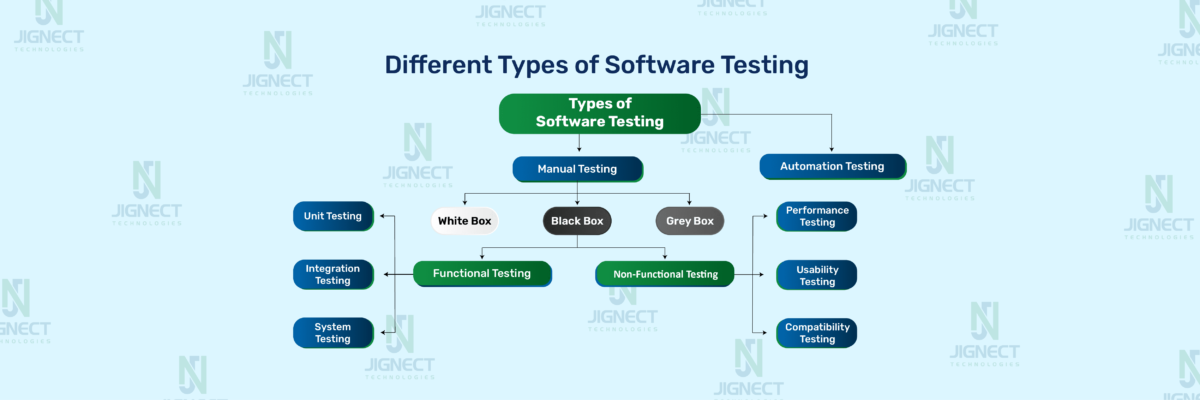Ever jump into testing a new feature and realize you’re stuck prioritizing a mountain of tasks? We’ve all been there. But what if you could quickly identify which tests are mission-critical and which can wait?
Introducing the Test-o-Meter! This handy tool helps you figure out, “Should I spend hours testing this, or can it wait?” by prioritizing features based on their potential impact. This is especially useful for those seeking manual testing tips to optimize their workflow.
Let’s take a real-world example: Imagine you’re testing a new e-commerce website. Here’s how the Test-o-Meter can help.
Feature: Adding items to the shopping cart.
Ask Yourself & Rate each question on a scale of 1 to 5:
- Business Impact (5 = Major Crash, 1 = Minor Annoyance): If the cart doesn’t work, customers can’t buy anything (5). This is a critical feature.
- Frequency: People use the cart constantly throughout the buying journey (5).
- Complexity: The cart involves calculations, discounts, and inventory checks (4). It’s not super simple.
- Domain Expertise: Understanding the cart requires knowledge of e-commerce systems (3).
Score: 17 (High Impact!)

Add up the scores and categories the component:
- Quick Check (Sanity/Smoke Test Suite): Score >= 12 (Check every day) – Automate it first because these are critical features with high business impact and frequent use.
- Example: User login functionality of an e-commerce website.
- Super Important (Critical Test Suite): Score >= 8 (Test for big and small updates during releases).
- Example: Adding items to a shopping cart on an e-commerce website.
- Full Check (Full Test Suite): Score > Just Okay (Test for big updates and weekly) – These features are less critical but still deserve testing, especially for major updates.
- Example: Customizing font size in a note-taking app.

Benefits of the Test-O-Meter
- Prioritized Testing: Focuses your efforts on critical features, ensuring they receive the most thorough testing.
- Efficient Allocation of Resources: Avoids wasting time on exhaustive testing of less crucial features.
- Improved Risk Management: Identifies and mitigates potential issues in high-impact areas.
- Team Alignment: Provides a clear understanding of testing priorities for all stakeholders.
Remember, it’s your personal trainer, not your boss! This is a guide, not a rulebook. Feel free to,
- Add more questions: “How long does it take to test manually?” can help prioritize quicker checks.
- Tweak the scoring: Maybe a typo on a product description is a 2, but a complete cart failure is a 10.
- Use a different scale: “Yes/No” or “Easy/Hard” might work better for your team.
The goal is to streamline your testing process, not overcomplicate it. Use this guide to make smart choices and spend less time on low-risk areas.
Keep practising and exploring to master these powerful tools further with Jignect.
Witness how our meticulous approach and cutting-edge solutions elevated quality and performance to new heights. Begin your journey into the world of software testing excellence. To know more refer to Tools & Technologies & QA Services.
If you would like to learn more about the awesome services we provide, be sure to reach out.
Happy Testing 🙂




